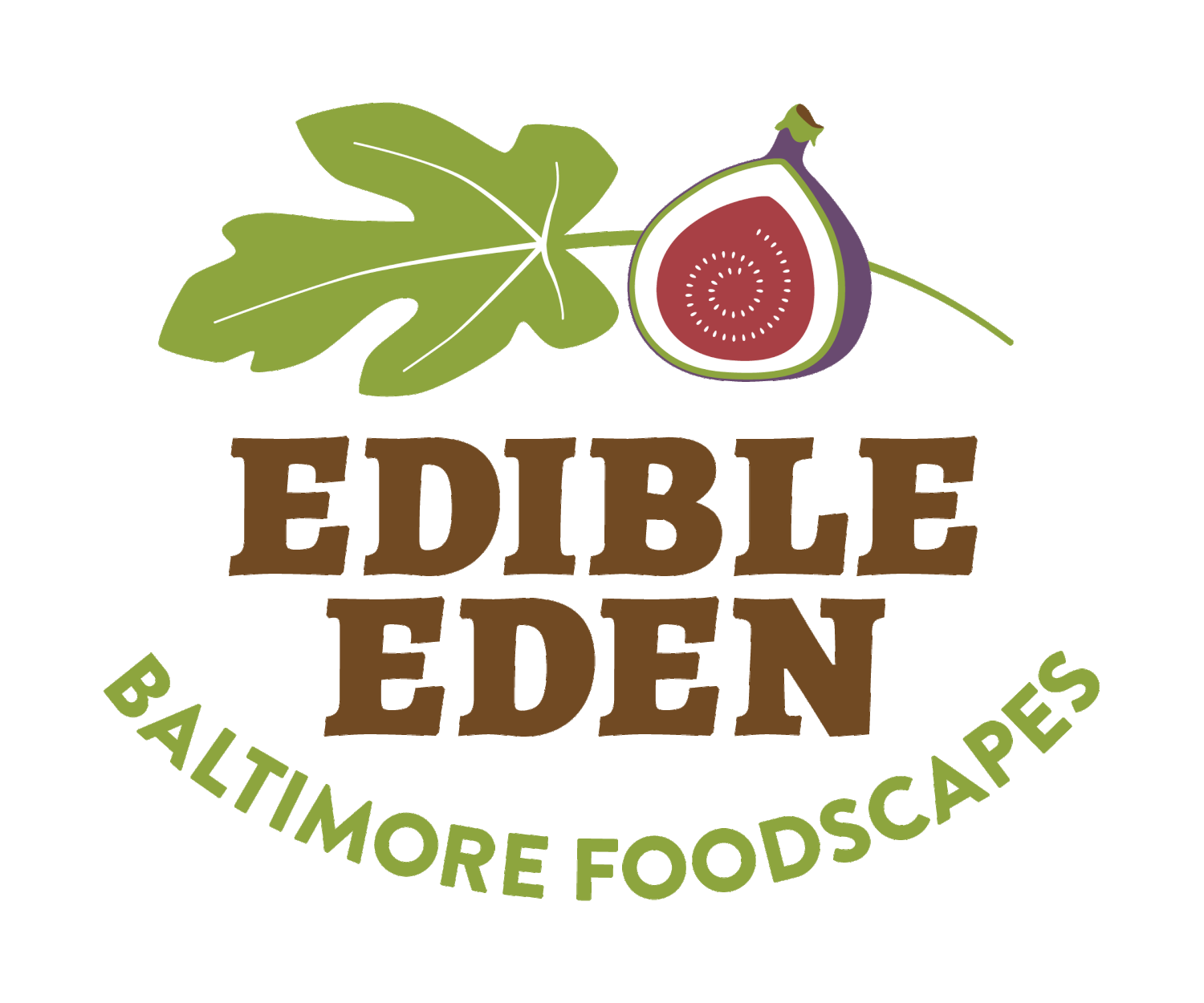In our March blog post, we kicked off a new series by laying out our top ecological values in our landscapes and gardens. We strive for the landscapes that we steward to:
Zebra Swallowtail (Protographium marcellus) ovipositing on Paw Paw tree. (Photo by Meghan McCarty - blueridgediscoveryproject.blogspot.com )
Build the soil ecosystem, restoring our rapidly disappearing topsoil
Minimize the need for fertilizers, pesticides, and fungicides
Catch stormwater, decreasing the threat of floods and reducing run-off and erosion
Trap carbon in the soil
Support biodiversity and native wildlife
Reduce and responsibly use waste
Last time, we discussed the importance of incorporating perennials to achieve the above goals. Today we want to share the importance of:
3. Planting Native
Native plants support native wildlife. Many insects, birds, and other animals have co-evolved alongside their food sources and habitats (plants!) and can only survive and reproduce alongside these specific species. As more land gets developed and non-native species continue to dominate our landscapes, we believe that it’s our responsibility to nurture the plant-animal interactions native to these soils.
Some of our favorite Maryland-native plants include:
Asimina triloba - Paw Paw
Paw Paw trees:
Paw Paw trees (Asimina triloba) are the sole host plant for Zebra Swallowtail butterflies. A butterfly “host plant” is a specific plant that is edible to their caterpillars. It is the only place that the butterflies will lay their eggs. No Paw Paw, no Zebra Swallowtails! The Paw Paw’s unique, early spring flowers also produce a delicious edible fruit. Learn more about Paw Paw trees by clicking here!
Asclepias incarnata - Swamp Milkweed
Milkweed:
We plant both Butterflyweed (Asclepias tuberosa) and Swamp Milkweed (Asclepias incarnata) in our gardens. Milkweeds are the well-known host plants of Monarch butterflies!
Amelanchier canadensis - Shadbush / Serviceberry (Image by Tom Palmer - marylandbiodiversity.com )
Shadbush:
Also known as Juneberry or Serviceberry, Shadbush (Amelanchier canadensis) is a beautiful flowering small tree or large shrub that is often used in landscapes for its ornamental value. The early blooms are an important Spring nectar source for beneficial pollinators and the edible fruits are loved by many birds, including orioles, cardinals, and cedar waxwings. The foliage is also a host to the caterpillars of several species of butterflies, including tiger swallowtail, viceroy (a monarch lookalike!), striped hairstreak, and red admiral. Click here for our Sweet Sweet Serviceberry Jam recipe!
Chasmanthium latifolium - Northern Sea Oats
Northern Sea Oats:
Native grasses tend to be underappreciated, but there’s no denying the whimsical ornamental value of Northern Sea Oats (Chasmanthium latifolium). In addition to adding its flowing movement to your landscape, this grass is also a host plant to several species of equally whimsical skipper butterflies.
The plants covered in this post don’t even scratch the surface of our native biodiversity. There are plants that can be used for rain gardens, pollinator gardens, as part of your permaculture plan, or simply integrated into your decorative landscaping. Whichever native plants you choose to nurture, you are bound to appreciate the benefits of seeing your garden transform into a living, breathing ecosystem.









